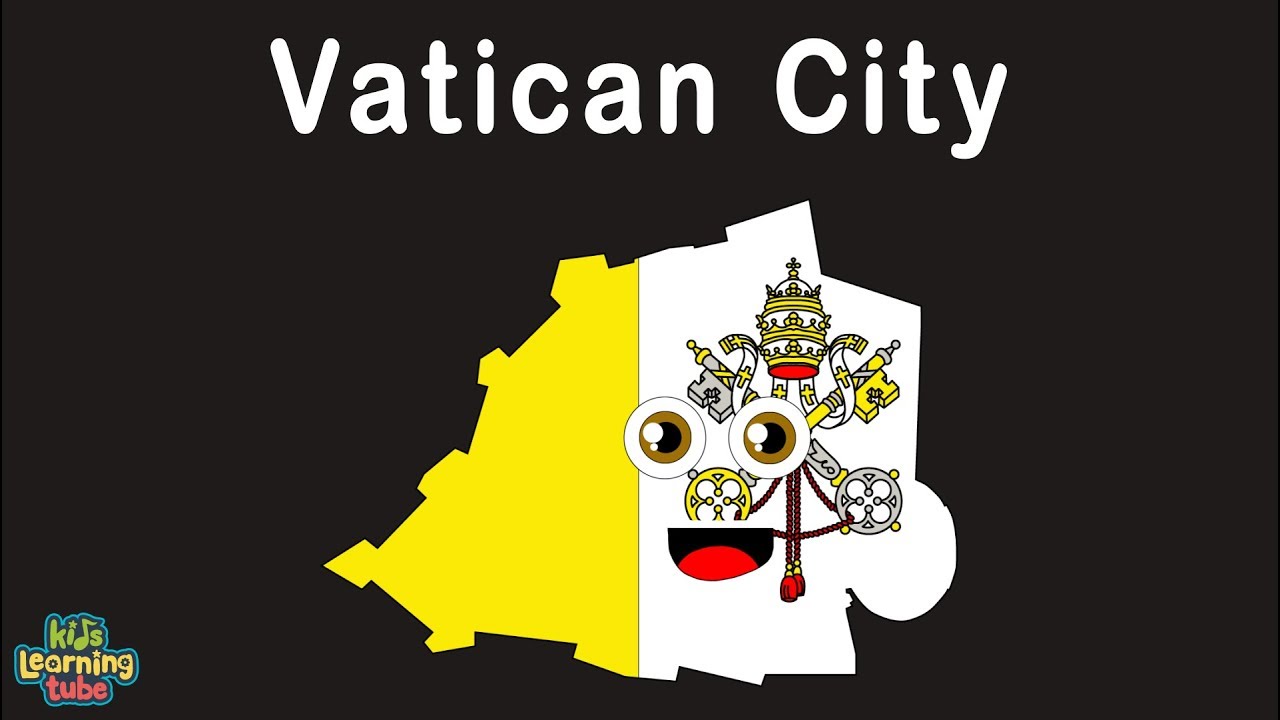Introduction: Rhode Island and Vatican City Size Comparison
In this article, we will compare the sizes of Rhode Island and Vatican City, two small entities often discussed for their diminutive proportions. While both are known for their small sizes, it is worth exploring the specific dimensions and boundaries of each to determine which is larger in size.
Geographical Overview of Rhode Island
Rhode Island, located in the New England region of the United States, is the smallest state in the country. It covers an area of approximately 1,214 square miles (3,144 square kilometers), making it the eighth smallest state by land area. Rhode Island is bordered by Connecticut to the west, Massachusetts to the north and east, and the Atlantic Ocean to the south.
Geographical Overview of Vatican City
Vatican City, on the other hand, is an independent city-state enclaved within Rome, Italy. It is the smallest internationally recognized independent state in the world. Vatican City has an area of only 0.17 square miles (0.44 square kilometers). It is surrounded entirely by Rome and does not share any land boundaries with other countries.
Rhode Island’s Land Area and Boundaries
As previously mentioned, Rhode Island covers an area of approximately 1,214 square miles. It has a diverse geographical landscape, including coastal plains, forests, and numerous islands. The state’s boundaries are defined by its neighboring states and the Atlantic Ocean.
Vatican City’s Land Area and Boundaries
In stark contrast, Vatican City occupies a mere 0.17 square miles, making it significantly smaller than Rhode Island. Due to its small size, Vatican City does not have any land boundaries with other countries. Instead, it is completely surrounded by the city of Rome, Italy.
Comparing Rhode Island and Vatican City Sizes
When comparing the sizes of Rhode Island and Vatican City, it becomes evident that Rhode Island is much larger. With an area of 1,214 square miles, Rhode Island is approximately 7,129 times larger than Vatican City, which only covers 0.17 square miles.
Population Comparison: Rhode Island vs Vatican City
While size is an important factor in comparing entities, it is also crucial to consider their population sizes. In terms of population, Rhode Island has a significant advantage over Vatican City, which has one of the smallest populations in the world.
Rhode Island’s Demographics and Density
Rhode Island has a population of over 1 million people, making it the second most densely populated state in the United States. With a diverse population, Rhode Island is home to various ethnicities and cultures, contributing to its vibrant social fabric.
Vatican City’s Population and Density
In contrast, Vatican City has a population of approximately 1,000 residents. The majority of the population consists of clergy members, including the Pope and other Vatican employees. Due to its extremely small size, Vatican City holds the title for the world’s highest population density.
Analysis: Rhode Island or Vatican City, Which is Larger?
Considering both size and population, Rhode Island is undoubtedly larger than Vatican City. While Rhode Island boasts an area of 1,214 square miles and a population of over 1 million people, Vatican City covers a mere 0.17 square miles and has a population of around 1,000 individuals.
Importance of Size Comparison: Rhode Island vs Vatican City
Although both Rhode Island and Vatican City are renowned for their small sizes, comparing them helps put their dimensions into perspective. This analysis highlights the vast difference between the two entities in terms of area and population, providing a clearer understanding of their relative sizes.
Conclusion: Determining the Larger Entity
In conclusion, Rhode Island is significantly larger than Vatican City both in terms of land area and population. With an area of 1,214 square miles and a population exceeding 1 million people, Rhode Island surpasses Vatican City’s 0.17 square miles and population of around 1,000. Nevertheless, both entities play unique roles in their respective contexts, showcasing that size is not always the determining factor of significance.





